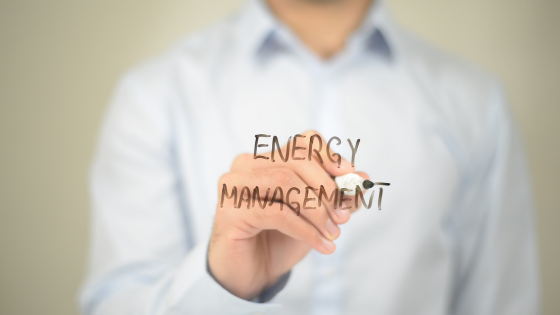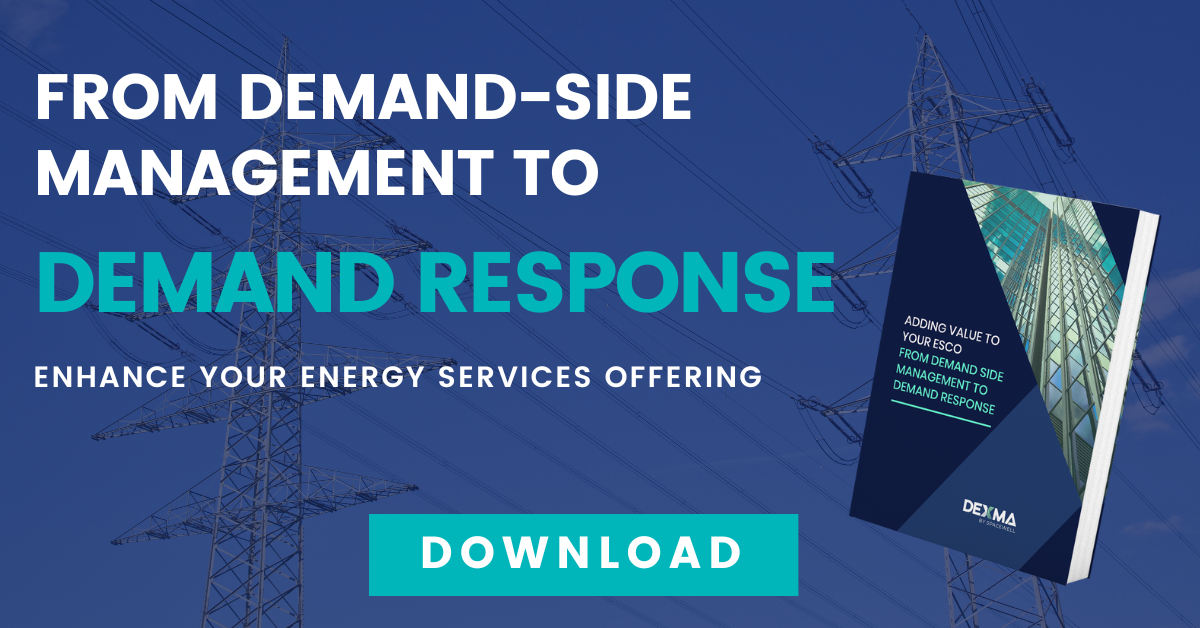Demand response programs are opening up new opportunities for ESCOs to play a significant role in the operation and optimisation of energy grids.
After all, ESCOs have a unique competitive advantage: they can combine their energy management expertise with granular customer insights to help reduce or shift their clients’ energy usage during peak periods in response to time-based tariffs or other incentives.
Demand response also offers a great way for ESCOs to extend energy services beyond efficiency by contributing to grid stability, safety and environmental sustainability while earning additional savings and opening up new revenue streams for their customers.
But does this mean ESCOs will enter into competition with the new market players known as demand response aggregators?
Not exactly.
ESCOs can take advantage of upcoming energy monitoring platforms which enable their clients to participate in demand response programs without having to take an aggregator role.
Consequently, an ESCO will only have to install the necessary equipment for demand response as it usually does for other purposes such as sub-metering.
Who’s Who in the Demand Response Value Chain?
Before we take a look at where ESCOs fit, let’s meet the principal stakeholders in a typical demand-response value chain, according to the model presented by the Universal Smart Energy Framework:
Producer/Supplier – The role of the Producer is to feed energy into the grid, thereby playing an essential part in securing the energy supply. The Producer’s primary objective is to operate at maximum efficiency. Demand response can alter supplier operating conditions quite drastically since renewable energy sources such as wind and solar have relatively low operating expenses and compete with existing generation units.
DSO – The Distribution Network Operator (DSO) is responsible for the active management of the distribution grid for the cost-effective distribution of energy while maintaining grid stability in a given region.
TSO – The role of the Transmission System Operator (TSO) is to transport energy in a given region from centralised suppliers to dispersed industrial Prosumers and Distribution System Operators over its high-voltage grid. The TSO safeguards the system’s long-term ability to meet electricity transmission demand. The TSO is also responsible for keeping the system balanced by deploying regulating capacity, reserve capacity, and incidental emergency capacity.
Aggregator –The Aggregator is responsible for acquiring flexibility from Prosumers, aggregating it into a portfolio, creating services that draw on the accumulated flexibility, and offering these flexibility services to different markets, serving different market players. In return, the Aggregator shares the value it creates with the Prosumer as an incentive to shift its load. This way, Prosumers gain unprecedented access to the energy markets.
Prosumer – A Prosumer can be regarded as an end-user that no longer only consumes energy, but also produces energy. These can be small and medium-sized enterprises or large C&I users, or even residential end-users.
ESCO – An Energy Services Company (ESCO) typically offers auxiliary energy services to end-users (prosumers): insights, advanced energy analytics, energy optimisation services such as automatic monitoring and targeting (aM&T) or AMR, and remote maintenance of energy assets.
If the Supplier or DSO is applying implicit (price-based) demand response through time-of-use or kW max tariffs, an ESCO could also provide energy optimisation services based on these tariffs.
Apart from avoiding extra connections with aggregators, ESCOs can have access to an energy management platform where all their buildings are managed at the same time. Energy managers will be able to gather more controllable loads across portfolios while providing additional capacity and facilitating the “bundling” of assets for aggregators. In addition, your ESCO may have contracts with more than one aggregator which would be easier to manage within a single DR platform.
What is the energy manager’s role in demand response?
Your role as an energy manager is to save money for your clients, and helping them participate in DR is an attractive way to take your services beyond energy efficiency. Your main objectives in bringing demand response to your clients are 3-fold:
- Inform your clients about which demand response programs are available in your area(s) of operation
- Determine if and how your clients are able to participate by identifying which assets can provide the requisite flexibility and
- Help them test and implement the best technology for them to become DSR-enabled (the setup will likely be unique for each client in your portfolio)
For more tips on how to integrate demand response into your portfolio of energy management services, as well as technologies that can facilitate demand response integration, download our latest free white paper:




